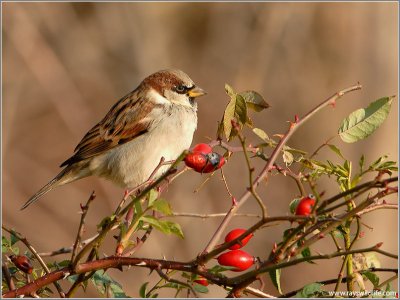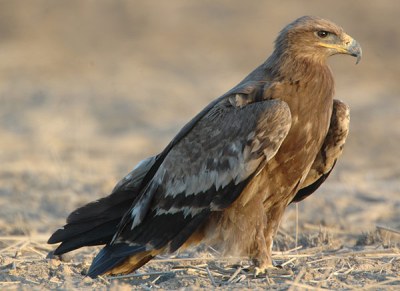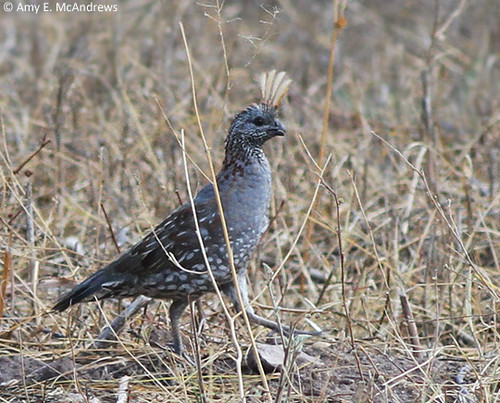
House Sparrow by Ray
In 2013, the Birds of the Bible – Worry and Sparrows articles were posted for part I and II. It’s 2020 now, and I’d like to repost these, plus add III and IV, which were never posted. They were overlooked by me. If your memory is like mine, you need a refresher. This time I will add the last 2 articles.
While listening to Wisdom For The Heart on BBN (Bible Broadcasting Network), I heard this message by Pastor Stephen Davey and wanted to share it. His message was “Better than the Birds” and of course it caught my attention. There are four parts, this is the introduction and part one.
Better than the Birds
Luke 12:6-31
I have read that a dense fog – so extensive that it covers seven city blocks a hundred feet deep is actually composed of no more than one glass of water; water, of course that’s divided into more than 60 billion droplets of water.i
Just a couple gallons of water can cripple an entire city.
In many ways, this perfectly illustrates the substance of worry. Just a little bit of it can spread and deepen and ultimately cripple the mind and the heart of even believers.
One author put it this way when he wrote, “Worry is a thin stream of fear that trickles through the mind, which, if encouraged, will cut a channel so wide that all other thoughts will be drained out.”ii
I find it extremely gracious of our Lord that whenever He addressed the subject of worry, and He did on several occasions, He went much further than simply saying, “You know better than that . . . worrying isn’t good for you . . . it’ll mess up your mind . . . isn’t right . . . stop worrying right now!”
Instead, Jesus graciously causes us to think through this vaporous substance of worry; He gives us several reasons to stop worrying and He even condescends in His patience to give us illustrations – effectively – giving us principles to teach us why we really don’t ever need to worry.
And several of His key principles are the form of questions.
Let me invite you to Luke chapter 12 where Jesus asks some profound questions.

He’s teaching His disciples – this chapter in Luke corresponds to His sermon in Matthew’s Gospel.
Now if you’ve ever read His sermon, you’ll notice that He goes from one subject to the next – almost randomly touching on a series of different topics.
Jesus is actually employing a Jewish teaching style called Charaz – which means, stringing pearls.iii
In other words, Jesus will string pearls of wisdom on a number of subjects, like someone might string together a rare necklace of pearls.
And one of the pearls He adds to his string of pearls is this subject of worry.
Let me give you four principles in this regard as we work through His comments on overcoming worry.
The first principle to understand is that:

Anyone for a Sparrow Snack?
1. Worry denies the gracious care of God
And He proves His point by asking two questions – notice His first question at verse 6. Are not five sparrows sold for two cents? Yet not one of them is forgotten before God.
Now if you compared this account with Matthews account, we’re told that 2 sparrows were sold for 1 penny.
The Greek term for this coin refers to a small brass coin worth about 1/10th of a day’s wage for a working laborer.
Which is a long way of saying, sparrows were the cheapest meat sold in the marketplace.iv
They were the food of the poorest of the poor. You barely got a mouthful of meat from a little sparrow.

Sparrows in snow ©©Bing
In fact, Matthew’s Gospel tells us that you can buy 2 sparrows for a penny and Luke here tells us that you can get 5 sparrows for 2 penny’s; how’s that add up?
Well, we know from history that during the days of Christ, sparrows were so abundant and so cheaply sold to the poor that if you bought 4, you got one thrown in for nothing.
And that’s what Luke alludes to here – are not five sparrows sold for two cents? Yet not one of them is forgotten before God.
Now watch this – Luke is effectively saying, even the free sparrow is not forgotten by God. Even the sparrow that got thrown in for nothing matters to God.
You want to know why you never need to worry? Because to God you are never lost in the crowd.v
Not only does God not lose track of even one sparrow – he doesn’t even lose track of one single hair from your head.
Notice further in verse 7. Indeed the very hairs of your head are all numbered.
I’ve read that the average person’s head holds more than 100,000 hairs. Some of us are down to a few hundred.vi
A few dozen . . .
Now some commentators don’t think Jesus is being serious here – that He’s just exaggerating to make a point.
I mean, come on . . . He counts the number of the hairs on our heads? That number changes daily. Surely God doesn’t bother with that kind of detail. Gary Hallquist – 60,000; Dr. Burggraff – 12 . . . hundred.
No, I think that’s exactly His point. The glory of God revealed here is that He actually does know!
Jesus is effectively asking us, “Look, do you really think you can slip out of your Heavenly Father’s care – that you can somehow slip out from underneath the radar of His divine omniscience? Do you think He’s forgotten about you or that your problems are too numerous to keep up with?
I mean if He can keep track of 100,000 hairs on somebody’s head of hair, do you think He’ll get frustrated with you coming to Him over and over again to give Him your worries?
Do you think He’s going to say, “Look, there’s only so much room on my ledger and you’ve already been here a dozen times today . . . I just can’t keep track.”
Listen, if God is actually such a gracious, omniscient God – that He doesn’t overlook a single sparrow – even the one that gets thrown in for free – He will never overlook you either.
Worry denies the gracious care of God

Savannah Sparrow singing by Ray
(Copied with permission from Wisdom for the Heart and Pastor Stephen Davey.)
i John MacArthur, Matthew 1-7 (Moody Publishers, 1985), p. 419
ii Ibid
iii William Barclay, The Gospel of Luke (Westminster, 1975), p. p. 160
iv Bruce B. Barton, Life Application Bible: Luke (Tyndale, 1997), p. 314
v Barclay, p. 161
vi MacArthur, p. 119
Lee’s Addition:
Are not five sparrows sold for two farthings, and not one of them is forgotten before God? But even the very hairs of your head are all numbered. Fear not therefore: ye are of more value than many sparrows. (Luke 12:6-7 KJV)
What a great encouragement not to worry. Thanks, Pastor Davey for a great message.
See:
*













































